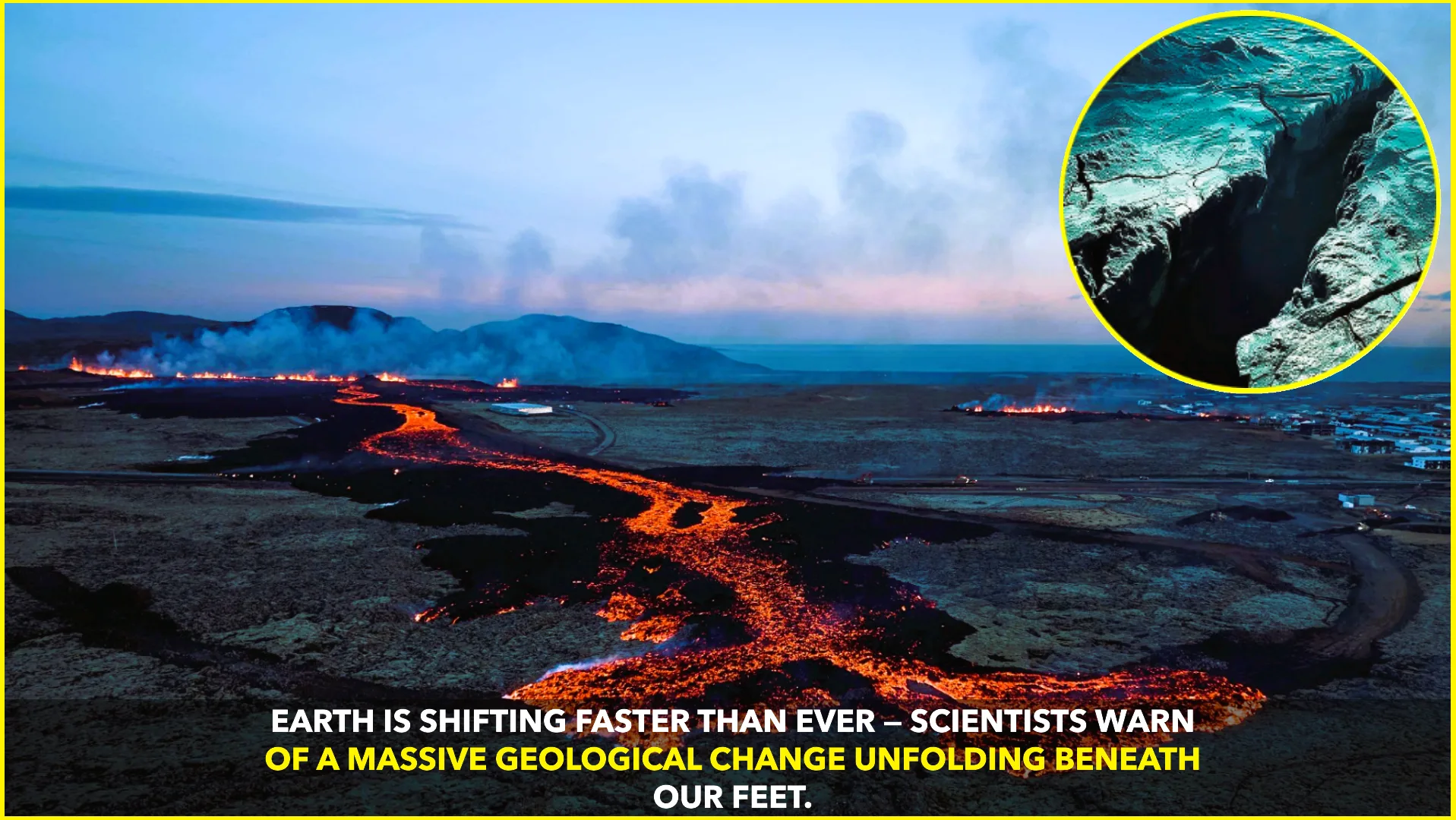Beijing, July 2025 – China has commenced construction on what is projected to become the world’s largest hydropower dam, located on the Yarlung Zangbo River—the upper reach of the Brahmaputra—in Tibet near the border with India’s Arunachal Pradesh. The launch of this mega-project, estimated at ¥1.2 trillion (approximately USD 167–170 billion), has ignited alarm across South Asia concerning environmental degradation, water security, and regional stability.
During a groundbreaking ceremony in Nyingchi attended by Chinese Premier Li Qiang, Xinhua reported the dam complex will include five cascade hydropower stations strategically positioned along a dramatic 2,000 meter drop over a 50 km gorge—an ideal location for massive energy generation. Once operational—expected in the 2030s—it is anticipated to produce up to 300 billion kWh annually, enough to power over 300 million people and potentially surpass the Three Gorges Dam in capacity The Indian Express+4Reuters+4mint+4.
Official Chinese statements emphasize the scheme’s dual benefits: advancing carbon neutrality targets and stimulating economic growth in Tibet. State media asserts the project “will not have major environmental impact on downstream areas” YouTube+15Reuters+15www.ndtv.com+15.
However, downstream nations India and Bangladesh have raised stern warnings. Indian Minister of External Affairs previously “urged China to ensure that the interests of downstream states … are not harmed,” while regional leaders, including Arunachal Pradesh Chief Minister Pema Khandu, cautioned that the dam could function as a “ticking water bomb”—potentially triggering floods or sudden water shortages during political crises www.ndtv.com+4Hindustan Times+4India Today+4.
Indian analysts emphasize the dam’s proximity to a seismically active zone could heighten the risk of collapse or catastrophic floods. Additionally, they warn of disruptions to silt flow and downstream ecosystems, which millions depend on for agriculture and fishing India TodayWikipediaReutersThe Times of IndiaThe Indian Express.
Environmental NGOs echo these concerns, cautioning irreversible harm to the fragile biodiversity of the Tibetan plateau. Some suggest the project could displace local communities and Buddhist cultural heritage sites, reminiscent of the Three Gorges Dam’s large-scale social and ecological disturbances www.ndtv.com+2Reuters+2Wikipedia+2.
In response, India has begun quickening its own hydropower plans in Arunachal Pradesh. Projects such as the Upper Siang Multipurpose Project are being fast-tracked to enhance water regulation capabilities and counterbalance China’s upstream advancements ft.com+6Reuters+6Wikipedia+6.
Geopolitically, the dam amplifies China–India tensions. The Brahmaputra flows from Tibet through Arunachal Pradesh into Assam and then Bangladesh. New Delhi fears China could manipulate flow patterns during geopolitical standoffs to gain an upper hand. Although both nations engage under the Brahmaputra Expert-Level Mechanism, critics argue China’s lack of binding water-sharing agreements undermines trust mint+1The Economic Times+1.
Investment analysts meanwhile view China’s hydropower ambition as a strategic milestone—likely to invigorate renewable energy, engineering sectors, and leverage global capital markets. But analysts warn that stock valuations and ripple effects may be tempered by geopolitical risks and environmental backlash Reuters.
Looking ahead, the dam’s full-scale operation is not expected until later this decade. As construction progresses, India and Bangladesh have indicated they will intensify diplomatic pressures, bolster early-warning systems, and accelerate their own infrastructural responses. Environmental watchdogs, cross-border advocacy groups, and regional communities will likely continue calling for transparency, impact studies, and shared regulation frameworks.
This hydropower mega-project is, therefore, more than an engineering marvel—it sits at the intersection of energy ambition, climate strategy, ecological preservation, and geopolitical rivalry, underscoring the pressing need for cooperative water management across shared Himalayan rivers.










